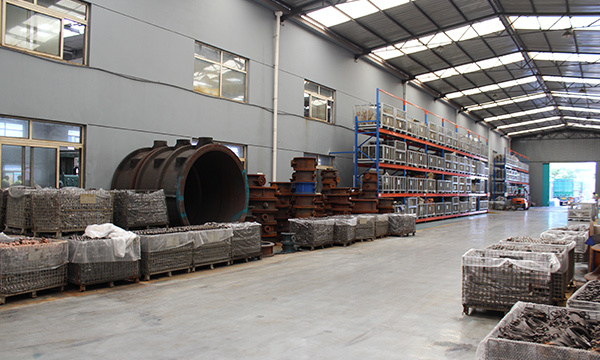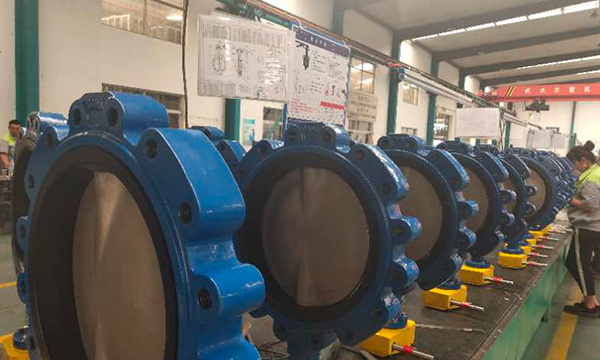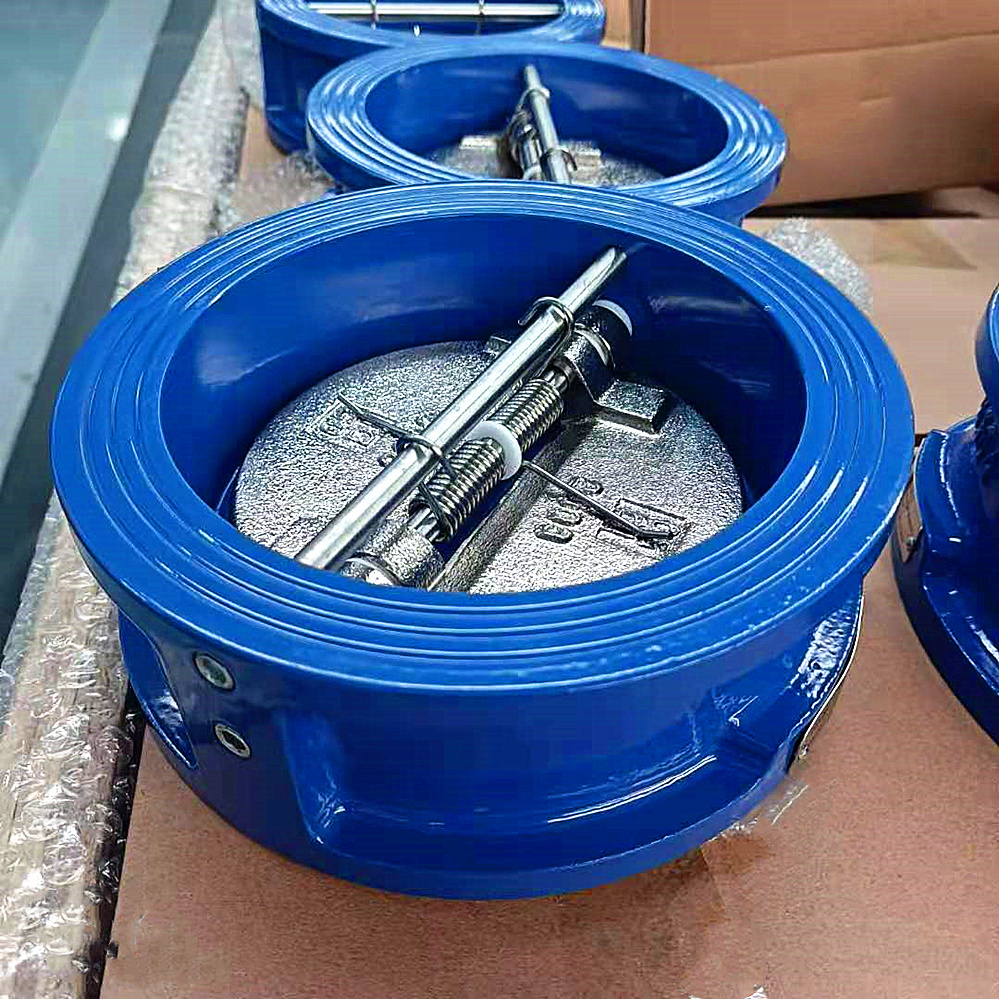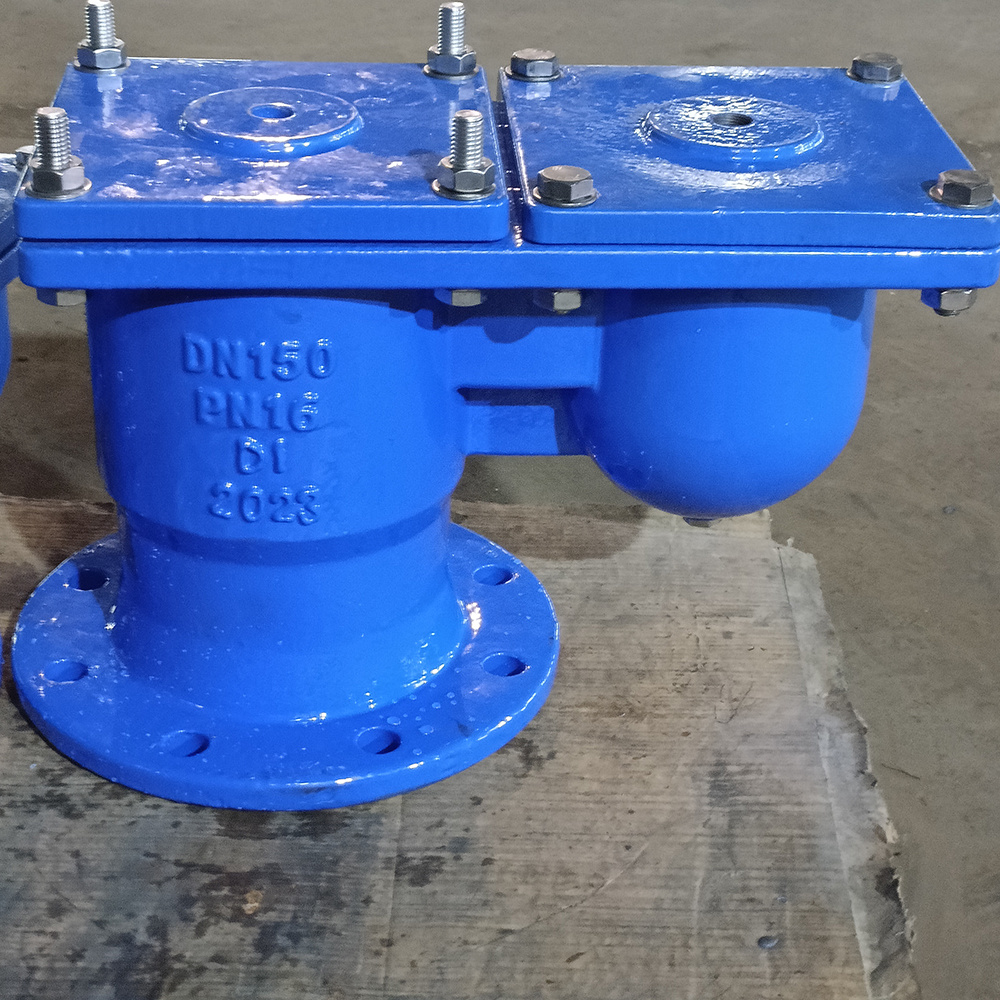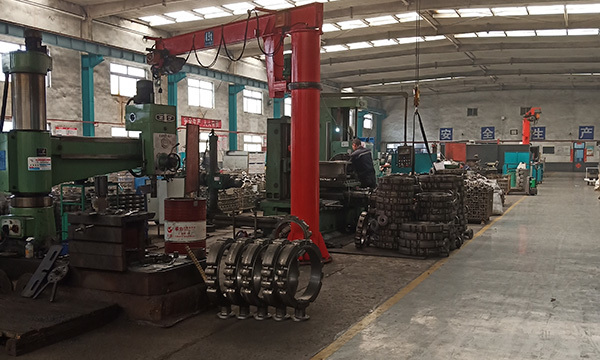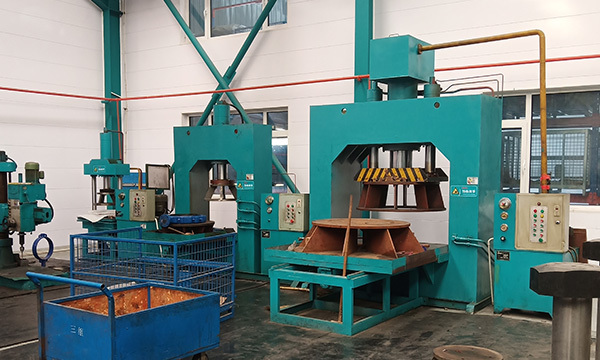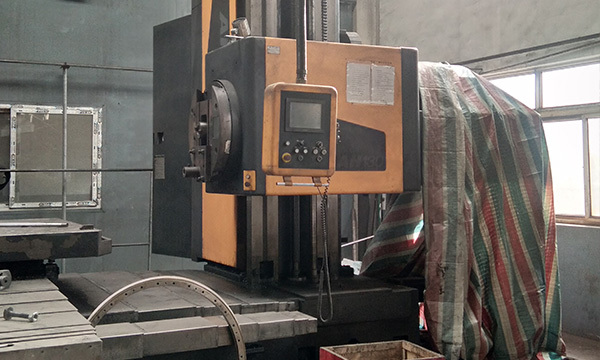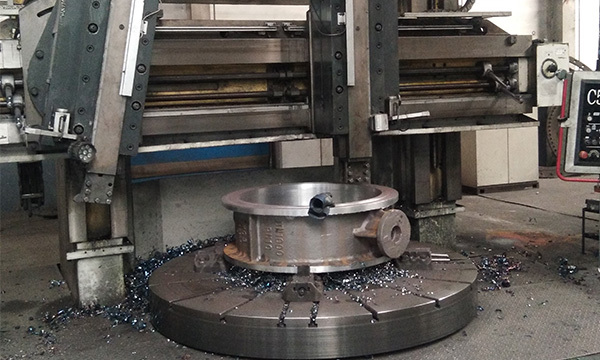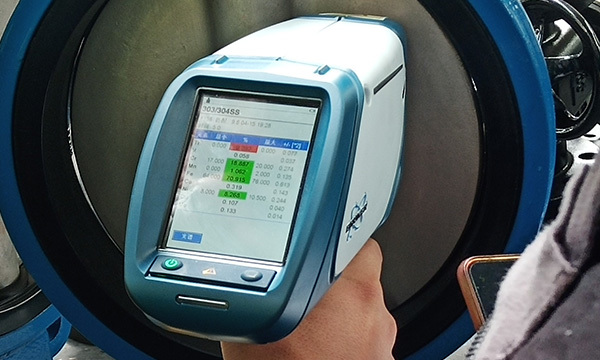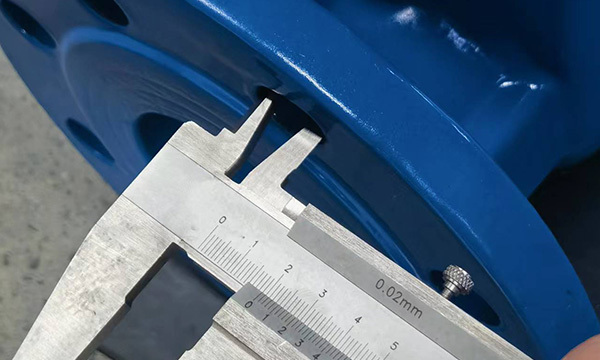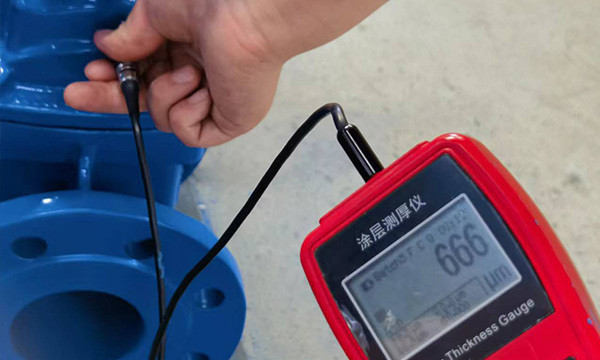Innovative Solutions: Rubber Seated Butterfly Valves for Enhanced Productivity
2025-04-01
Rubber seated butterfly valves represent a significant advancement in industrial valve technology. Designed for efficient flow control, these valves combine simplicity with effectiveness, making them essential in various applications, including water treatment, chemical processing, and HVAC systems. By utilizing a rubber seating mechanism, these valves offer a tighter seal and improved durability compared to traditional metal-seated options. This article delves into the benefits, applications, and innovative features that make rubber seated butterfly valves a game-changer in enhancing productivity across industries.
To appreciate the innovative nature of rubber seated butterfly valves, it is essential to understand their components and how they function.
How Rubber Seated Butterfly Valves Work
When the actuator turns the disc, it rotates 90 degrees, either allowing or blocking the flow of fluid. The rubber seat compresses against the disc, providing a reliable seal that minimizes backflow and ensures efficient flow control. This design results in lower pressure drops and enhanced energy efficiency in fluid systems.
Advantages of Rubber Seated Butterfly Valves
Rubber seated butterfly valves offer numerous advantages that contribute to enhanced productivity in industrial applications.
1. Enhanced Sealing Performance
The rubber seating provides a superior seal compared to traditional metal seats, significantly reducing leakage. This feature is particularly beneficial in applications where maintaining fluid integrity is crucial.
2. Reduced Maintenance Costs
With fewer moving parts and a robust design, rubber seated butterfly valves require less maintenance compared to other types of valves. This reduction in maintenance not only decreases operational costs but also enhances overall system reliability.
3. Versatility Across Applications
Rubber seated butterfly valves are suitable for a wide range of applications, including:
- Water and Wastewater Treatment: Ideal for controlling flow in treatment plants.
- Chemical Processing: Suitable for handling corrosive substances due to their durable materials.
- HVAC Systems: Efficient for regulating air and fluid flow.
4. Improved Flow Characteristics
The design of rubber seated butterfly valves allows for minimal pressure drops, ensuring efficient flow characteristics. This efficiency is crucial for energy savings in large-scale industrial systems.
5. Ease of Installation
These valves are designed for straightforward installation, with most models featuring a compact design that fits into various piping configurations without requiring extensive modifications.
Applications of Rubber Seated Butterfly Valves in Industrial Settings
The versatility of rubber seated butterfly valves makes them suitable for numerous industrial sectors.
1. Water Treatment Facilities
In water treatment, controlling the flow of water and chemicals is vital. Rubber seated butterfly valves ensure tight sealing, preventing contamination and maintaining water quality.
2. Chemical Processing Plants
In chemical processing, the ability to handle corrosive and abrasive substances is critical. Rubber seated butterfly valves excel in this environment, providing reliable performance and longevity.
3. HVAC Systems
Rubber seated butterfly valves are commonly used in HVAC systems to control air and water flow efficiently. Their compact design and effective sealing capabilities contribute to energy savings and optimal climate control.
4. Food and Beverage Industry
The food and beverage industry demands strict hygiene standards. Rubber seated butterfly valves meet these requirements by being easy to clean and maintain while ensuring safe and efficient flow control.
5. Pharmaceutical Manufacturing
In pharmaceutical applications, the integrity of processes is paramount. Rubber seated butterfly valves help maintain the purity of substances while providing accurate flow rates.
Technological Innovations in Rubber Seated Butterfly Valves
Recent advancements in technology have led to the development of innovative features that enhance the performance and reliability of rubber seated butterfly valves.
Smart Valve Technology
Integrating smart technologies with rubber seated butterfly valves allows for real-time monitoring of flow rates, pressure, and valve position. This data-driven approach enables predictive maintenance and improved operational efficiency.
Advanced Materials
The use of advanced rubber compounds enhances the durability and temperature resistance of butterfly valves. Innovations in material science ensure that these valves can withstand harsh operating conditions without compromising performance.
Automated Actuation Systems
The implementation of automated actuation systems allows for precise control over valve operations. This technology minimizes human error and enhances the efficiency of industrial processes.
Best Practices for Implementing Rubber Seated Butterfly Valves
To maximize the benefits of rubber seated butterfly valves, it is essential to follow best practices during selection, installation, and maintenance.
1. Proper Selection of Valve Size and Type
Choosing the right size and type of valve for specific applications is crucial. Consider factors such as flow rate, pressure, and medium type when selecting a valve.
2. Regular Inspection and Maintenance
Implementing a routine inspection and maintenance schedule helps identify potential issues before they escalate. Regularly check for signs of wear, leakage, or damage to ensure optimal performance.
3. Training Personnel
Ensure that all personnel involved in operating and maintaining the valves are adequately trained. Knowledge of best practices can prevent operational inefficiencies and prolong valve lifespan.
FAQs About Rubber Seated Butterfly Valves
1. What is the primary purpose of rubber seated butterfly valves?
Rubber seated butterfly valves are primarily used for controlling the flow of fluids in various industrial applications, ensuring efficient performance and minimal leakage.
2. How do rubber seated butterfly valves compare to metal seated valves?
Rubber seated valves offer better sealing performance and require less maintenance compared to metal seated valves, making them ideal for many applications.
3. Can rubber seated butterfly valves handle corrosive substances?
Yes, rubber seated butterfly valves can be designed to handle corrosive substances, making them suitable for chemical processing applications.
4. What are the installation requirements for rubber seated butterfly valves?
These valves typically require minimal installation modifications, fitting easily into standard piping configurations.
5. How can smart technology improve the performance of butterfly valves?
Smart technology allows for real-time monitoring and data analysis, enabling predictive maintenance and optimizing valve operations for enhanced productivity.
Conclusion
Rubber seated butterfly valves are revolutionizing the way industries manage fluid control. Their enhanced sealing performance, reduced maintenance requirements, and adaptability across various applications contribute significantly to increased productivity and efficiency. By embracing these innovative solutions, industries can ensure reliable operations and long-term cost savings, positioning themselves for success in today's competitive market. As technology continues to evolve, rubber seated butterfly valves will undoubtedly play a crucial role in shaping the future of industrial processes.
rubber seated butterfly valve


